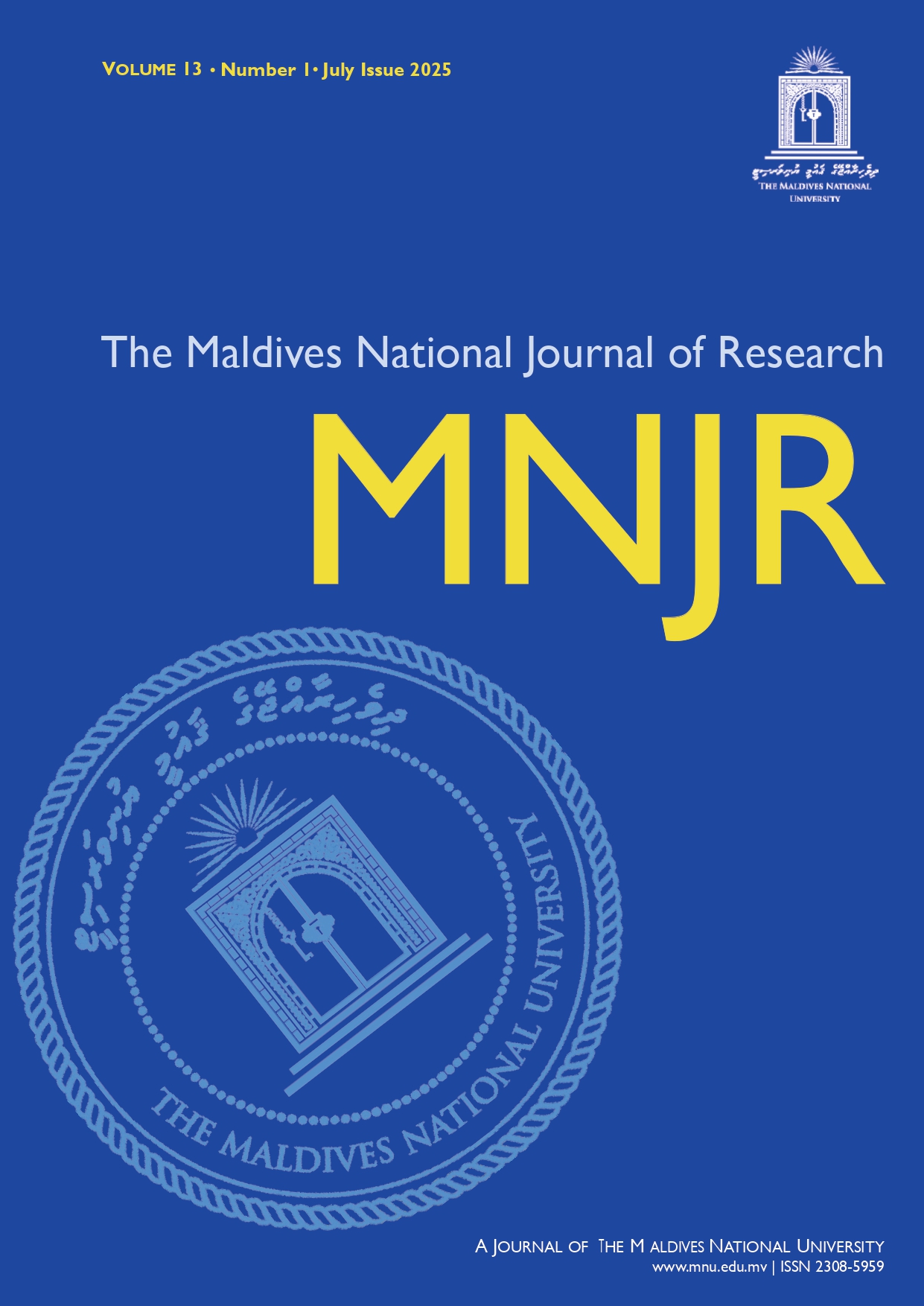Abstract
This study was conducted in order to identify the impact of social media communication on the mass riot that happened in Sri Lanka in 2022. The primary objective of the research was to identify the factors influencing the audience’s perception of struggle. This quantitative research utilized a questionnaire method for data collection, with a sample size of 200 participants selected through random sampling. The majority of respondents were females aged between 18 and 28 from the western province. Most of the participants (74.5%) indicated daily engagement with social media information during the protest was online news, especially through Facebook posts and comments related to the events Interestingly, 66.5% of respondents expressed a neutral stance on the trustworthiness of the facts shared on Facebook, suggesting that, despite frequent use of social media, users were cautious about the credibility of its content. Further, the study focused on three key dimensions: the impact of hate messages on the audience, incitement, and online chatter. Regression analysis revealed that hate messages, incitements, and online chatter had a significant influence on mass perceptions during the riot, as indicated by a p-value of 0.00. Among these factors, incitement showed the strongest effect on perception changes, as demonstrated by the beta value. Further, it was notable that 78.2% of the sample received information primarily through Facebook compared to all other media Additionally, 59.5% of respondents expressed positive views about social media behavior during the post-crisis period in Sri Lanka. This quantitative research utilized a questionnaire method for data collection, with a sample size of 200 participants selected through random sampling.
References
Cahya, M. N., Ningsih, W., & Lestari, A. (2023). The Impact of social media on Adolescents’ Psychological Well-Being: A Review of the Effects of Social Media Use on Adolescents’ Anxiety and Depression. Journal of Social Technology , 3 (8), Article 8. https://doi.org/10.59188/jurnalsostech.v3i8.917
Felita, P., Siahaja, C., Wijaya, V., Melisa, G., Chandra, M., & Dahesihsari, R. (2016). Social media use and self-concept in teenagers. Manasa, 5(1), Article 1.
Isni, K., Yulia Nurfatona, W., & Nisa, K. (2021). Communication patterns and social skills of teenagers in the digital era. Panrita Abdi: Journal of Community Service . http://journal.unhas.ac.id/index.php/panritaabdi/article/view/11939
Kundari, NF, Hanifah, W., Azzahra, GA, Islam, NRQ, & Nisa, H. (2020). The Relationship between Social Support and Social Media Exposure on COVID-19 Prevention Behavior in the Jabodetabek Area Community in 2020.
https://repository.uinjkt.ac.id/dspace/handle/123456789/69532
Lin, C.-Y., Li, T.-Y., & Chen, P. (2016, July). An Information Visualization System to Assist News Topics Exploration with Social Media. ACMDL
Miller, D., Costa, E., Haynes, N., McDonald, T., Nicolescu, R. & Sinanan, J. (2016). How the World Changed Social Media.UCL Press.
Nissa, RNF, & Hatta, MI (2022). The Relationship between Self-Esteem and Cyberbullying Behavior among Adolescent Twitter Social Media Users. Bandung Conference Series: Psychology Science , 2 (1), Article 1. https://doi.org/10.29313/bcsps.v2i1.886
Triyaningsih, H. (2020). The Effect of Mass Media Reporting on Public Perceptions About the Corona Virus (Case Study; Community in Pamekasan). Meyarsa: Journal of Communication Science and Da’wah , 1 (1), Article 1. https://doi.org/10.19105/meyarsa.v1i1.3222
